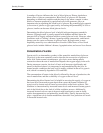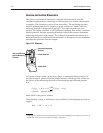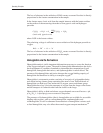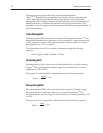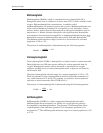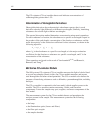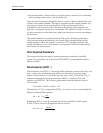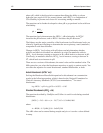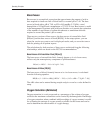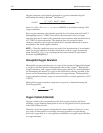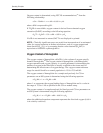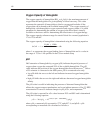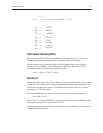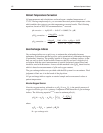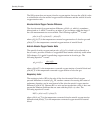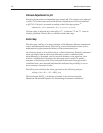
Operating Principles IĆ27
Base Excess
Base excess is an empirical expression that approximates the amount of acid or
base required to titrate one liter of blood back to a normal pH of 7.40. The base
excess in blood with a pH of 7.40, a pCO
2
of 40 mmHg (5.33 kPa), a total
hemoglobin of 15.0g/dL and a temperature of 37.0°C is zero. Base excess is useful
in the management of patients with acid-base disorders as it permits the estimation
of the number of equivalents of sodium bicarbonate or ammonium chloride
required to correct the patient’s pH to normal.
There are two versions of base excess, the base excess of extracellular fluid
[BE(ecf)] and the base excess of blood [BE(B)]. In the setup options, you can
select the version you want to use for displayed results, and you can select one or
both for printing on all patient reports.
The calculations for both versions of base excess are derived from the following
relationships, which are based on the NCCLS recommendations.
22
Base Excess of Extracellular Fluid [BE(ecf)]
The base excess of extracellular fluid, formerly known as in vivo base excess,
reflects only the nonrespiratory component of pH disturbances.
BE(ecf) = cHCO
3
–
– 24.8 + 16.2 (pH – 7.40)
Base Excess of Blood [BE(B)]
The base excess of blood, formerly known as in vitro base excess, is calculated
from the following equation.
BE(B) = (1 – 0.014 × ctHb) [(cHCO
3
–
– 24.8) + (1.43 × ctHb + 7.7)(pH – 7.40)]
The ctHb value can be entered during sample analysis or can be a value defined in
setup.
Oxygen Saturation (Estimated)
Oxygen saturation is a ratio, expressed as a percentage of the volume of oxygen
carried to the maximum volume that can be carried by the hemoglobin. Knowledge
of oxygen saturation, when combined with knowledge of oxygen content, is useful
for evaluating the amount of oxygen actually available for the tissues and can be
used to determine the effectiveness of oxygen therapy.



